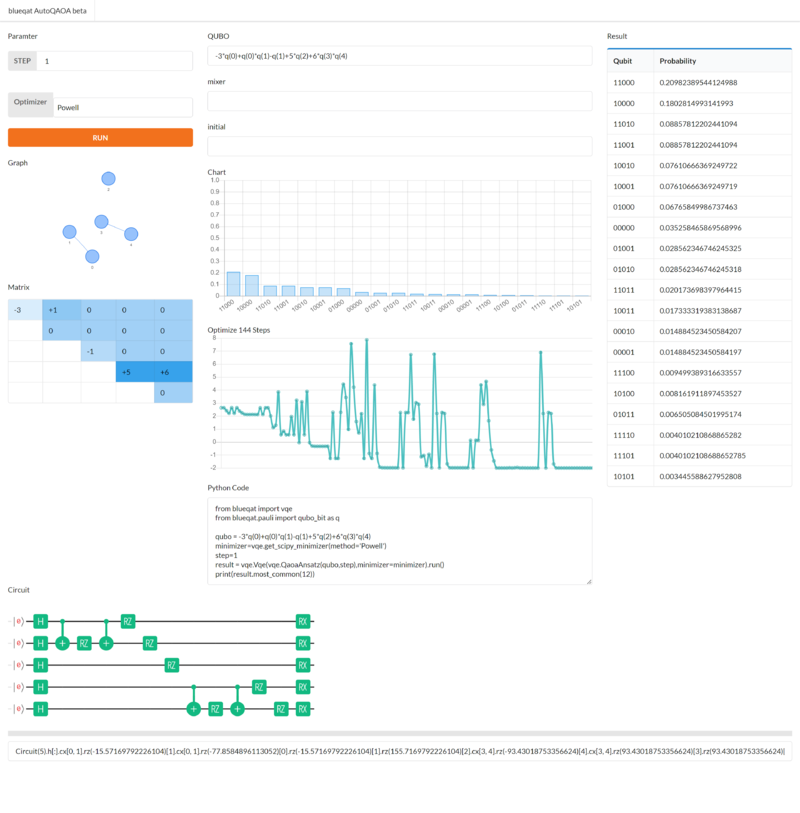Interviews

Quantum Computers - Shouldering the Next Stage in Computing (Part 2)
Yuichiro Minato
Continuing to make quantum computers more accessible and user-friendly.
Interviewer & Japanese Writer: Yamamoto Takaya; Translation & Editing: Matthew Cherry
Yuichiro Minato was continuing the development of his tools for quantum computers. Because there weren’t very many people researching the same topic in Japan at the time, most of his work started from the ground up. Even though he was reaching the end of the development cycle for his tools, he still applied for the 2015 INNO-vation Program, and he ended up being selected as a challenger. “I went through the trouble of making it, but there weren’t really any people who knew about it anywhere around the world, so I wanted to make it more known,” Minato explained about his reason for applying.
Minato had done most of his work up to that point on a laptop, but thanks to the support he received from the INNO-vation Program, he was able to procure a desktop computer with a high-grade GPU. This allowed him to develop his tools even further.
One of those was a tool to help people learn how to program for quantum computers even if they have never actually used one. Currently, certain websites provide services that allow users to utilize quantum computers, but these services didn’t exist during Minato’s development period, making it nearly impossible for the general public to access and use quantum computers. This meant that if Minato could create the tools he was envisioning, they could greatly enhance the ease-of-access useability of the devices.
Another program he made was a web application that let him confirm on his own PC how certain quantum computers performed, since the programming alone wouldn’t show the results.

AutoQAOA , provided by Minato’s company blueqat, lets users visualize the results calculated by quantum computers and quantum circuits.
Minato also created a tool that simulates quantum computers on conventional devices. When he created the tool, quantum computers were extremely difficult to access, which made software that simulated the calculations of quantum computers necessary. It was like putting a mock quantum computer inside of a regular one.
There weren’t very many people who had tried their hand at developing such tools and programs, so for Minato it was a journey that saw him treading uncharted territory. Surprisingly, he never felt too troubled by those circumstances.
“There weren’t really many people researching quantum computers, so I sought advice from Associate Professor Shu Tanaka from Keio University, but in truth it wasn’t that much of a struggle. It was as if I was destined to work on quantum computers; I never thought they were difficult at all,” Minato stated.
Although it’s said that quantum computers might not become commercialized for another 20 years, Minato intends to be involved with them for a long time to come. He says that being able to continue R&D for a long time is another sign that he’s destined to work with them.
“I’m going to be doing this for a long time, so of course it’s sometimes hard to keep myself motivated. That being said, I’m doing something that I’m good at, so I also don’t feel any stress with it, either. I’m in quite a neutral position, where I don’t have an overexerting desire to work on it, but it’s also not like I don’t want to do it at all. I think having that position is important when continuing to do something for long periods of time,” Minato said, analyzing himself.
In Part 3, we’ll ask Minato about his activities after the INNO-vation Program.

